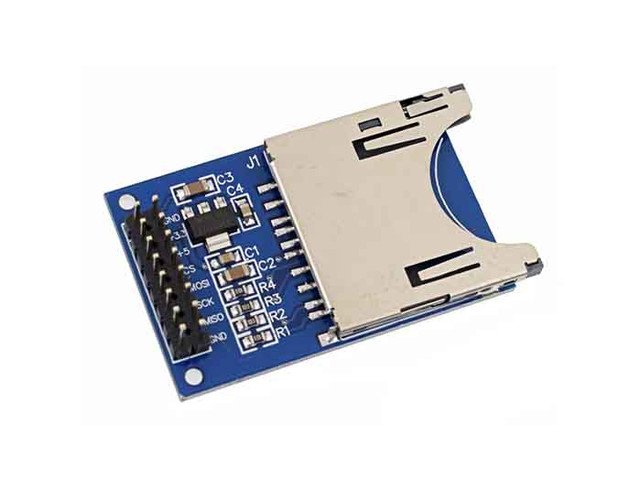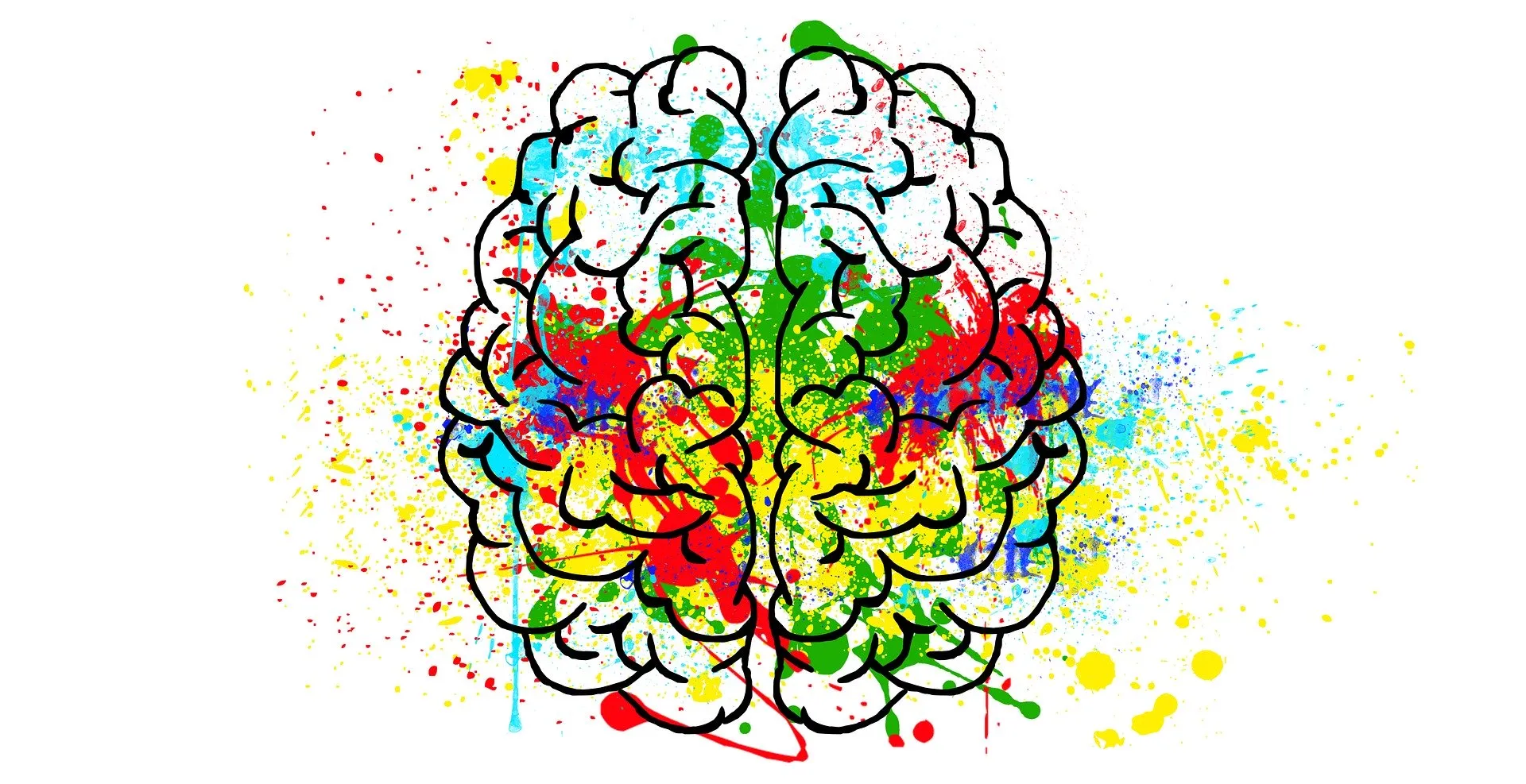Understanding Card Readers and Their Role in IT Hardware
Learn about card readers, their types, uses, and how they impact computer hardware and IT infrastructure. Find out why they are essential for data transfer and connectivity.

In today's tech-driven world, card readers are essential tools that facilitate data transfer and connectivity between different devices, playing a crucial role in both personal and business settings. Whether you're transferring photos from your camera, downloading files from an SD card, or accessing data from a credit card, card readers are an integral part of the IT hardware ecosystem. This guest post will explore the functionality, importance, and types of card readers, and their role in both computer hardware and audio-video devices.
What is a Card Reader?
A card reader is a device that reads data stored on various types of memory cards, such as SD cards, microSD cards, compact flash cards, and SIM cards. These devices allow the transfer of information from one medium to another, typically from a memory card to a computer or another electronic device. Depending on the type, card readers can be used in a wide range of applications including media transfer, banking transactions, and security systems.
Card readers connect to other devices via USB, Thunderbolt, or even Bluetooth in some cases. They are a bridge between physical media and digital devices, allowing users to access, read, and transfer data with ease.
The Role of Card Readers in IT Hardware
Card readers are a vital part of the IT hardware ecosystem. They are designed to read data from physical memory cards and deliver it to a computer or another compatible device for storage or processing. Without card readers, it would be much more difficult to manage digital data from mobile devices, cameras, or external storage devices.
One of the most common types of card readers is the SD card reader, which is frequently used in cameras and smartphones for file transfer. For instance, photographers rely heavily on these card readers to upload their pictures from cameras to editing software. The simplicity of using a card reader for such transfers has made it an indispensable part of computer hardware.
Types of Card Readers
There are different types of card readers tailored for specific media cards and use cases. Below are some of the most common types:
1. SD Card Readers
SD (Secure Digital) cards are widely used in cameras, smartphones, and tablets. An SD card reader allows the transfer of data from the SD card to a computer, making it easier to move photos, videos, and other files. Some card readers support multiple SD card formats, such as microSD, miniSD, and full-size SD cards.
2. USB Card Readers
These are perhaps the most common and convenient type of card reader. USB card readers are portable, plug-and-play devices that allow users to connect their memory cards to a USB port on a computer. Many USB card readers support a wide variety of memory card types, including SD, microSD, and CF cards, making them versatile tools for data transfer.
3. CF Card Readers
CompactFlash (CF) cards are used by professional photographers and high-end digital cameras. CF card readers are designed to read and transfer data from these high-capacity cards, which are crucial for capturing high-resolution images and videos.
4. Multi-card Readers
Multi-card readers can handle a variety of memory cards at the same time. These devices typically support SD, microSD, CF, and other memory card formats, allowing users to transfer data from multiple sources at once. This versatility makes them highly convenient in environments where multiple types of cards are used.
5. Smart Card Readers
Smart card readers are specialized devices used to read and write information on smart cards, which are commonly used for security and identification purposes. These card readers are widely used in corporate environments for employee identification, access control, and financial transactions.
The Importance of Card Readers in Computer Hardware
Card readers play a pivotal role in the functionality and efficiency of computer hardware systems. Computers often come with built-in card readers, but external card readers are also commonly used to expand functionality and provide additional ports for data transfer.
For example, a laptop may have a built-in SD card slot, but it may lack the ability to read other card formats such as microSD or CF. In this case, users can rely on an external card reader to transfer data from different memory cards. External card readers are easy to connect via USB and provide a simple solution for connecting and transferring data from multiple devices.
In addition, card readers are essential for audio-video devices, which often rely on memory cards for storing and transferring media files. Whether it’s a music player, a video camera, or an audio recorder, these devices typically use memory cards to store data. Card readers ensure that users can transfer that data to a computer or other devices for editing, archiving, or sharing.
Applications of Card Readers in Audio-Video Devices
Card readers are not just confined to computers—they are extensively used in audio-video devices for data transfer, storage, and playback. The following are some ways in which card readers are used in the world of audio-video technology:
1. Digital Cameras and Camcorders
Professional photographers and videographers rely on SD and CF card readers to transfer high-quality images and videos from their cameras to their computers. Card readers make it easier for these users to edit and share their media files, which is crucial in the fast-paced world of content creation.
2. Music Production
Many music production devices, such as digital audio workstations (DAWs) and recording devices, use memory cards to store recorded audio. Card readers allow producers to transfer their projects from these devices to computers for further processing, mixing, and mastering.
3. Video Game Consoles
Game consoles like the Nintendo Switch and PlayStation 4 often use memory cards to store downloadable content (DLC), games, and saved data. Card readers in these devices allow users to expand their storage capacity and transfer data between consoles and computers.
4. Media Players
Portable media players, such as MP3 and MP4 players, use memory cards for storing music and video files. Card readers are used to transfer files to and from these devices, making it easy to manage and organize media libraries.
How to Choose the Right Card Reader for Your Needs
Selecting the appropriate card reader depends on several factors, including the types of memory cards you use, your connectivity preferences, and the speed requirements for data transfer. Here are some tips for choosing the right card reader:
- Compatibility: Ensure that the card reader supports the specific memory card formats you use most frequently. For example, if you work with SD and microSD cards, choose a reader that supports both formats.
- Speed: If you frequently transfer large files, such as high-resolution images or videos, opt for a card reader that supports fast data transfer speeds, such as USB 3.0 or Thunderbolt.
- Portability: If you need a reader that you can take on the go, look for compact, lightweight models that are easy to transport and use with laptops and other portable devices.
- Multi-card Support: If you work with multiple types of memory cards, consider a multi-card reader that can read SD, microSD, CF, and other formats, allowing for maximum versatility.
Conclusion
Card readers are indispensable tools in the world of IT hardware and audio-video devices. They bridge the gap between physical memory cards and digital devices, enabling smooth data transfer across a wide range of devices. Whether you're a photographer transferring photos from your camera, a music producer exporting audio files, or a gamer expanding your console's storage, card readers are key to managing and accessing your data.
By understanding the different types of card readers available and their various applications, you can choose the right tool for your needs and improve your overall workflow. Card readers not only enhance the functionality of computer hardware but also ensure seamless connectivity for a variety of digital media devices, making them an essential component in modern technology.
What's Your Reaction?


















.jpg)
